Neuroscience

Neurotransmitter receptors function via various G-protein coupled and G-protein independent mechanisms that activate downstream intracellular signaling pathways such as cAMP/PKA, PI3K/AKT, phospholipase A2, and phospholipase C pathways. For instance, dopamine receptors act through adenylate cyclase to activate PKA and other signaling molecules, thereby mediate gene expression through the actions of CREB and other transcription factors. Other neurotransmitters such as NMDAR or AMPAR are associated with ion channels that control flux of Ca2+ and Na+, thus propagating the action potential across the post-synaptic neuron.
Dysfunctions in GABAergic/glutamatergic/serotonergic/dopaminergic pathways result in a broad range of neurological disorders such as chronic pain, neurodegenerative diseases, and insomnia, as well as mental disorders including schizophrenia, bipolar disorder, depression, and addiction.
-
 B1565 Roxatidine Acetate HClSummary: Specific and competitive histamin H2-receptor antagonist
B1565 Roxatidine Acetate HClSummary: Specific and competitive histamin H2-receptor antagonist -
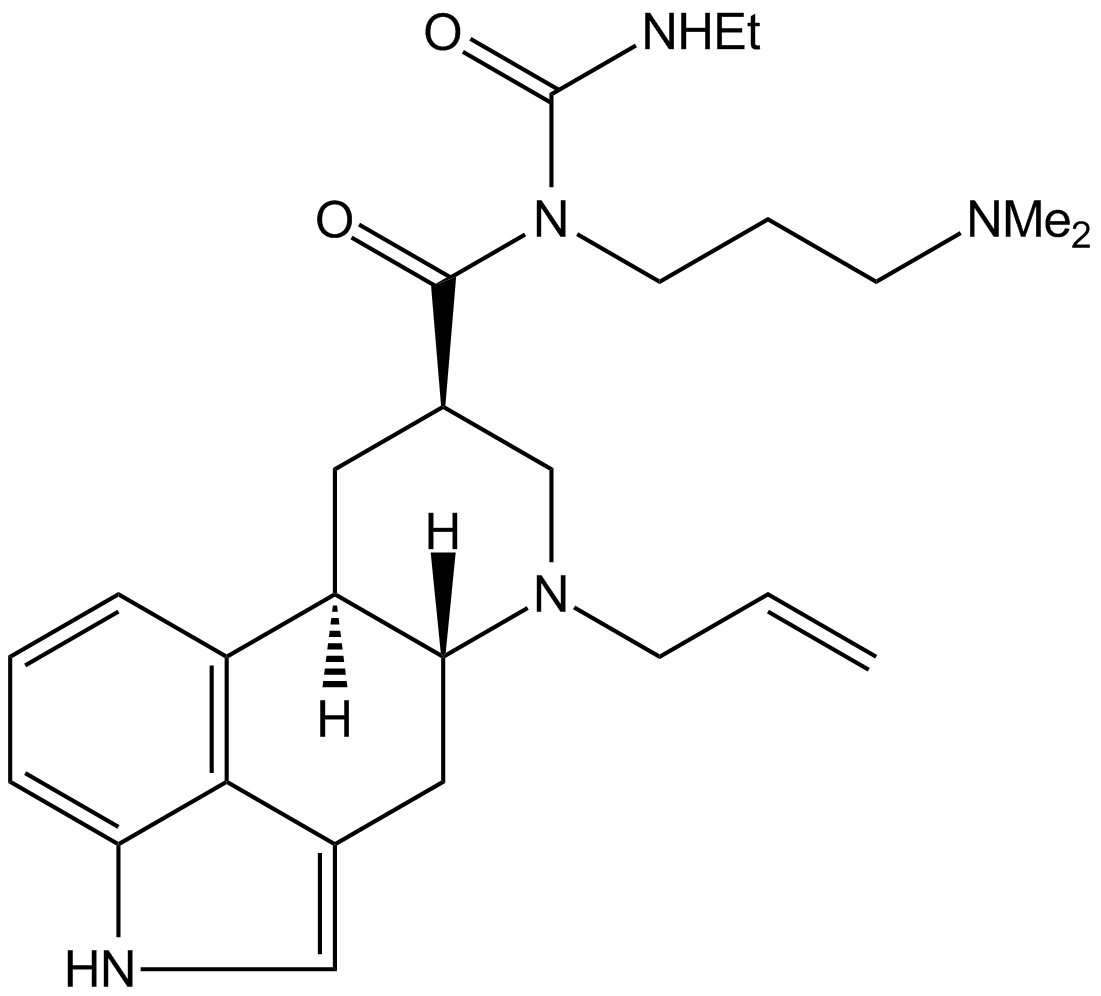 B3541 CabergolineSummary: potent dopamine receptor agonist
B3541 CabergolineSummary: potent dopamine receptor agonist -
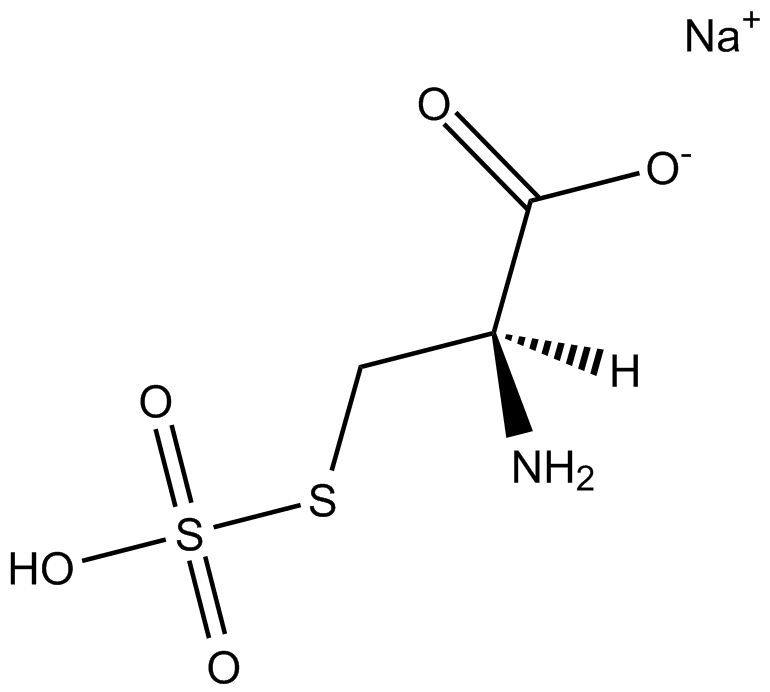 B6211 S-Sulfo-L-cysteine sodium saltSummary: EAA receptor agonist
B6211 S-Sulfo-L-cysteine sodium saltSummary: EAA receptor agonist -
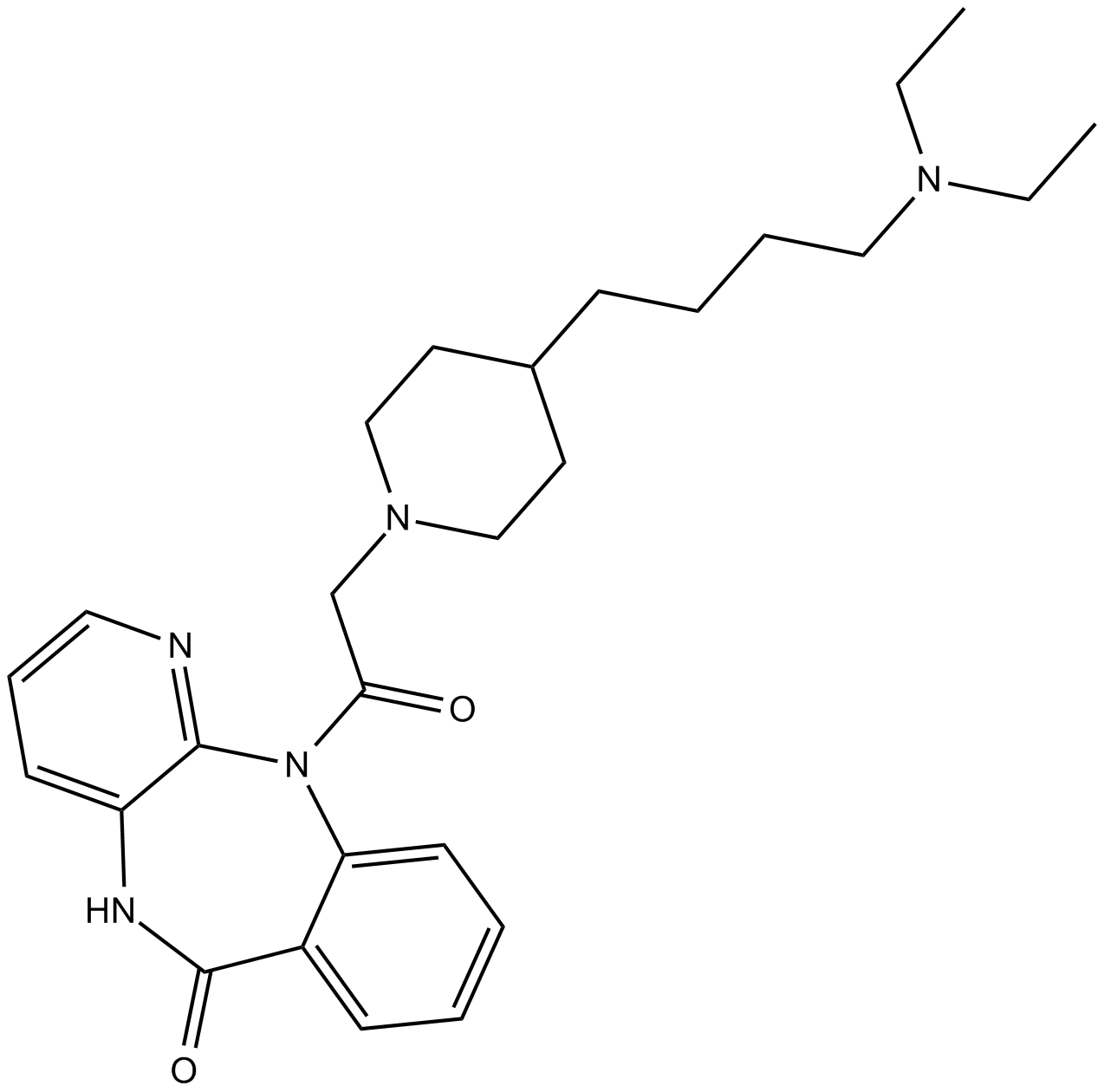 B7003 AQ-RA 741Summary: M2 antagonist,selective and high affinity
B7003 AQ-RA 741Summary: M2 antagonist,selective and high affinity -
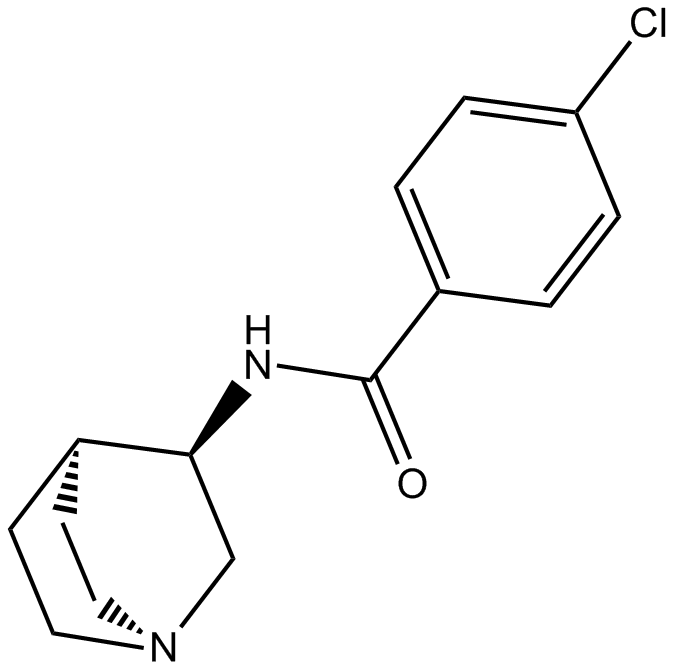 B7007 PNU 282987Summary: α7 nAChR agonist
B7007 PNU 282987Summary: α7 nAChR agonist -
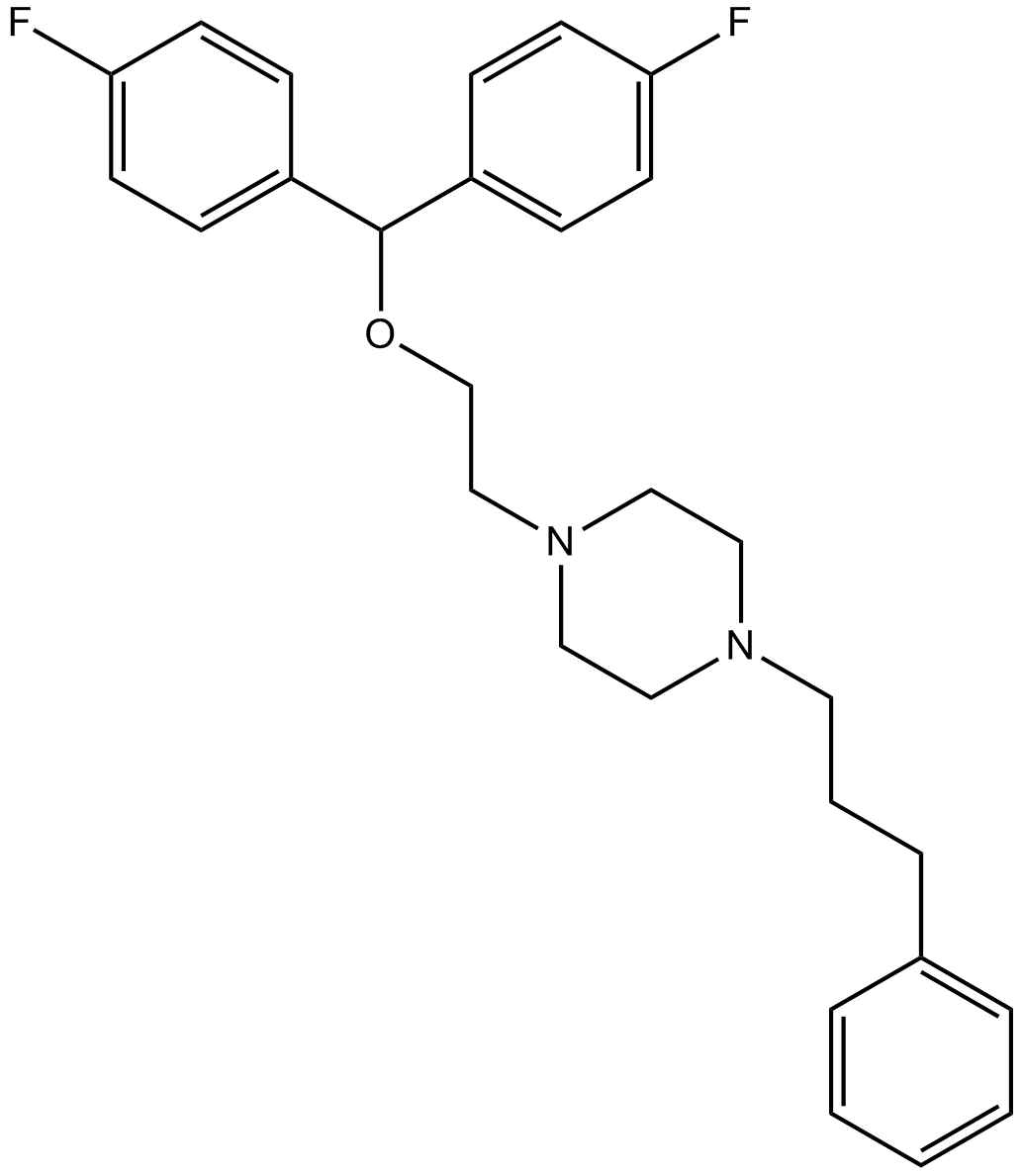 B3249 VanoxerineSummary: potent and selective DRI (Dopamine reuptake inhibitor)
B3249 VanoxerineSummary: potent and selective DRI (Dopamine reuptake inhibitor) -
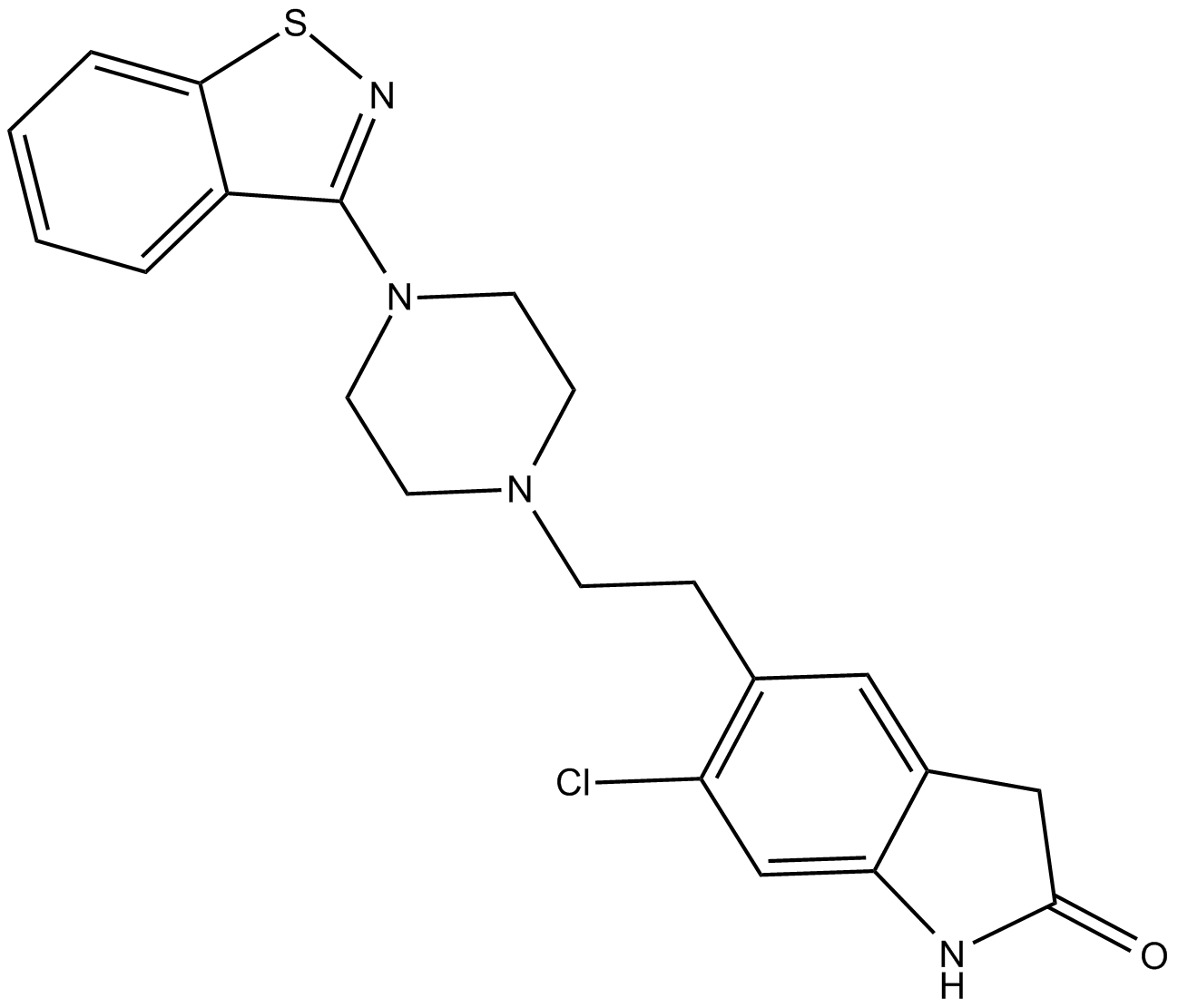 A3952 ZiprasidoneSummary: 5-HT (serotonin)/dopamine receptor antagonist
A3952 ZiprasidoneSummary: 5-HT (serotonin)/dopamine receptor antagonist -
 B1603 Homatropine BromideSummary: Muscarinic AChR antagonist
B1603 Homatropine BromideSummary: Muscarinic AChR antagonist -
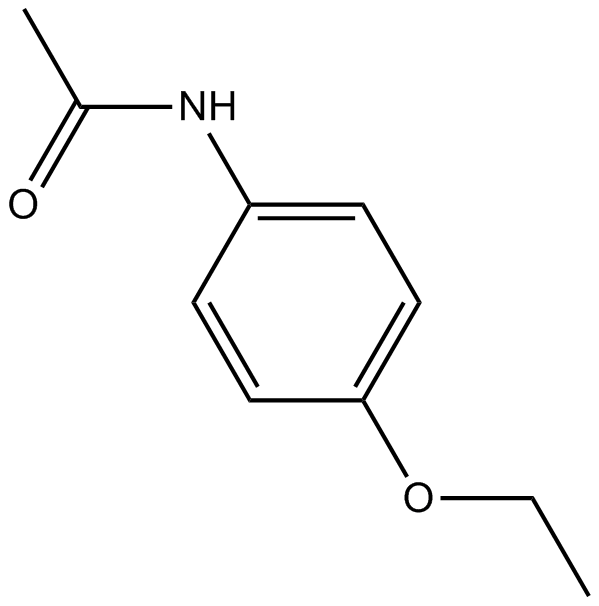 B1453 PhenacetinSummary: Non-opioid analgesic
B1453 PhenacetinSummary: Non-opioid analgesic -
 B1564 RanitidineTarget: Histamine H2 ReceptorsSummary: Histamine H2-receptor antagonist
B1564 RanitidineTarget: Histamine H2 ReceptorsSummary: Histamine H2-receptor antagonist

